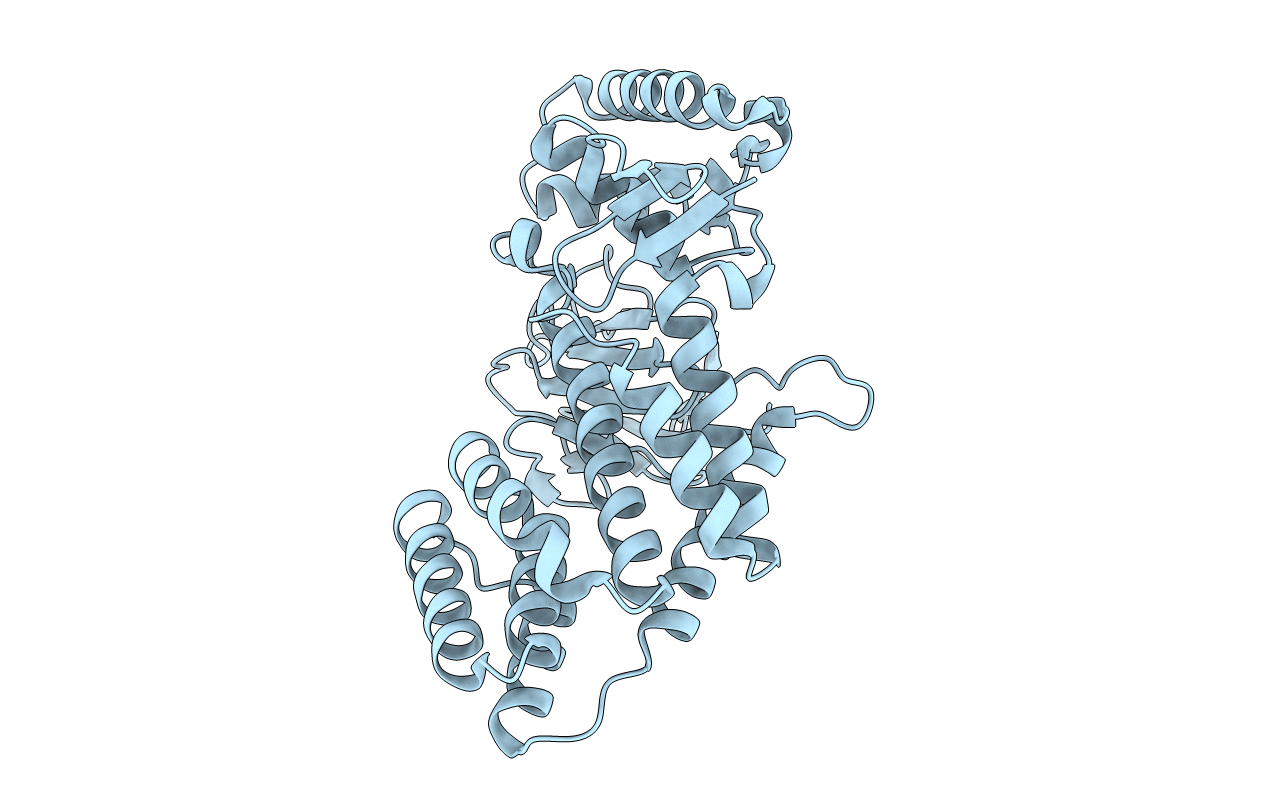
Deposition Date
2005-12-17
Release Date
2006-01-24
Last Version Date
2024-02-14
Entry Detail
Biological Source:
Source Organism:
Mycobacterium tuberculosis (Taxon ID: 83332)
Host Organism:
Method Details:
Experimental Method:
Resolution:
2.00 Å
R-Value Free:
0.22
R-Value Work:
0.20
R-Value Observed:
0.20
Space Group:
I 2 2 2


